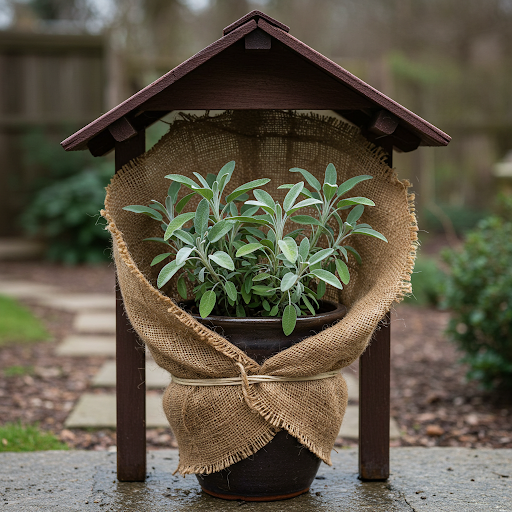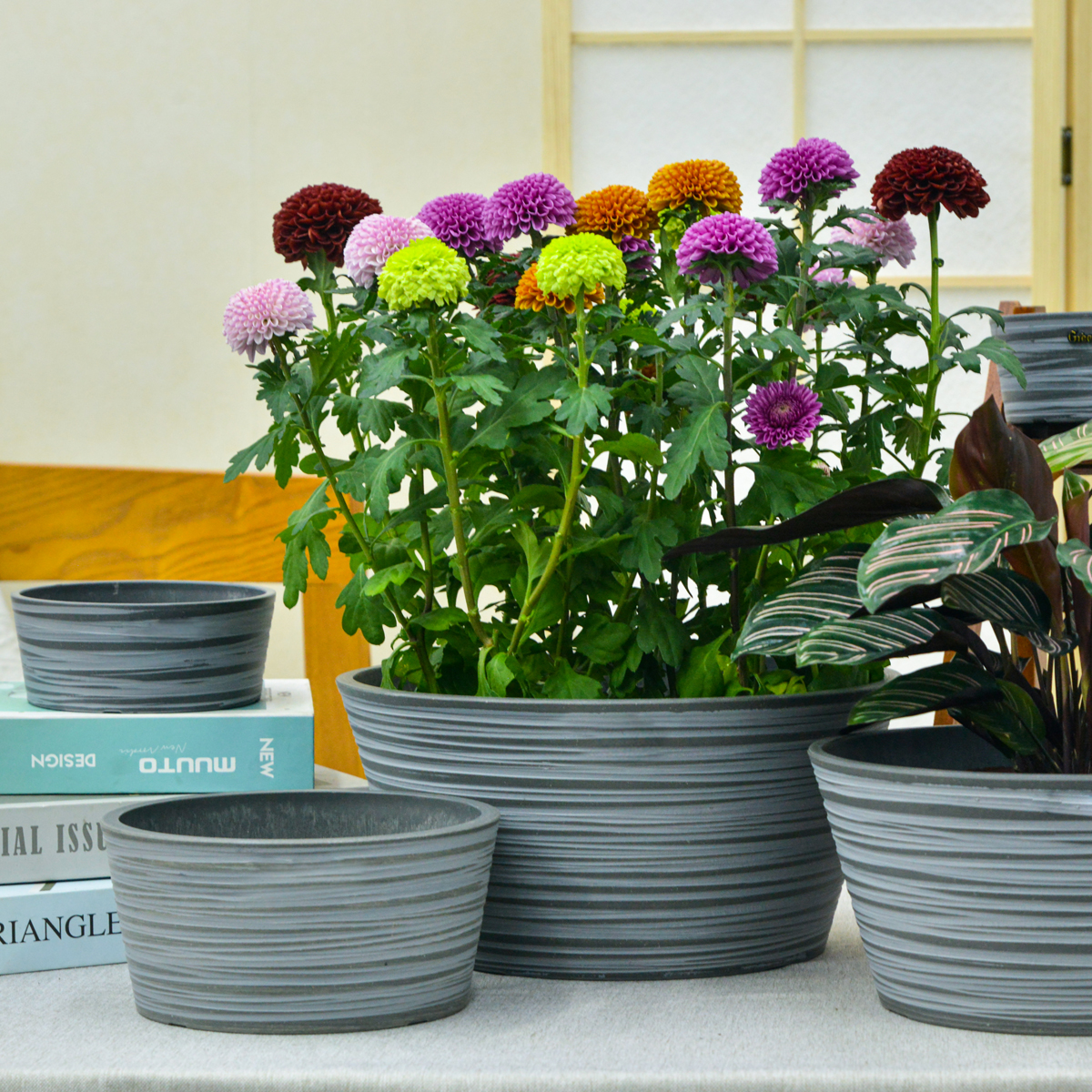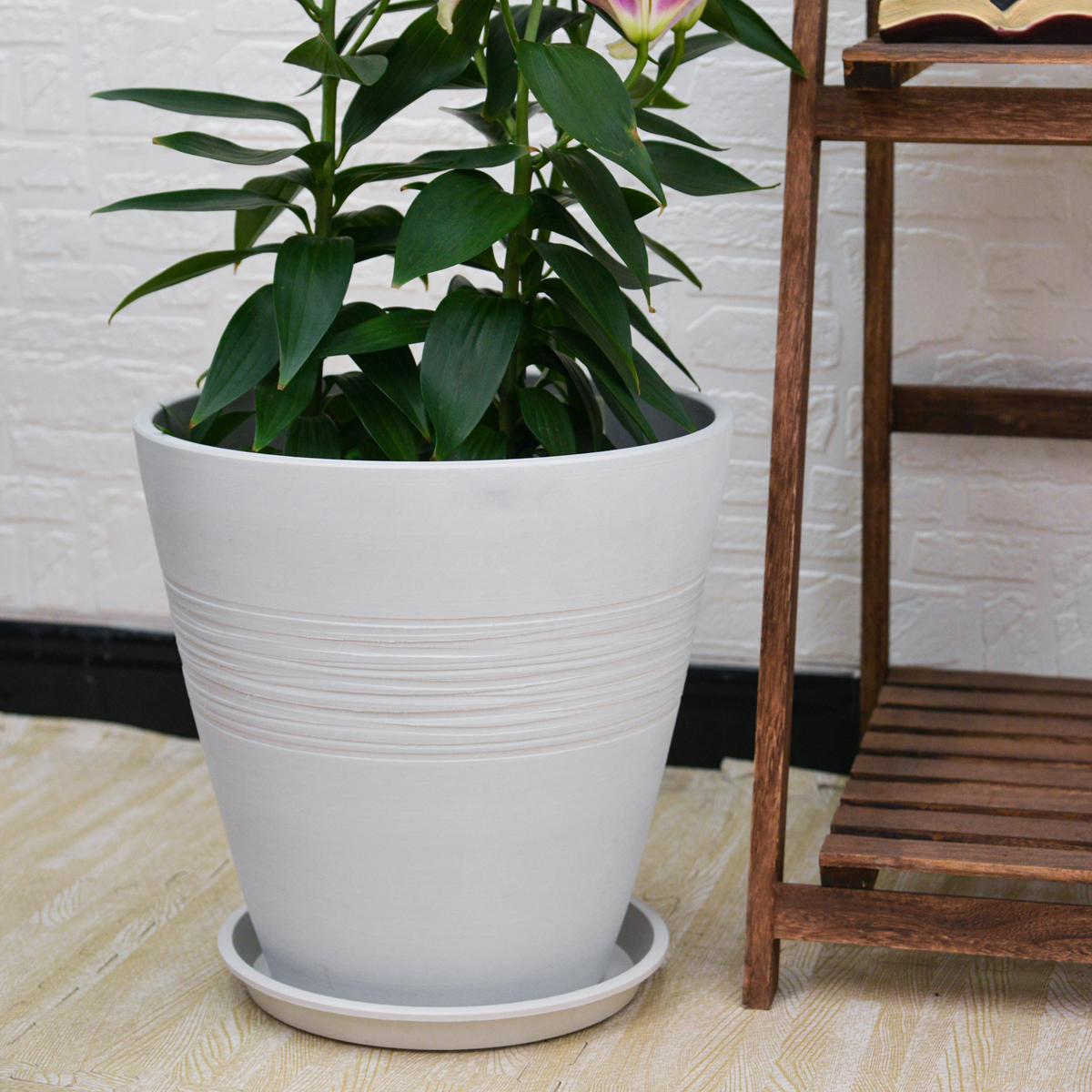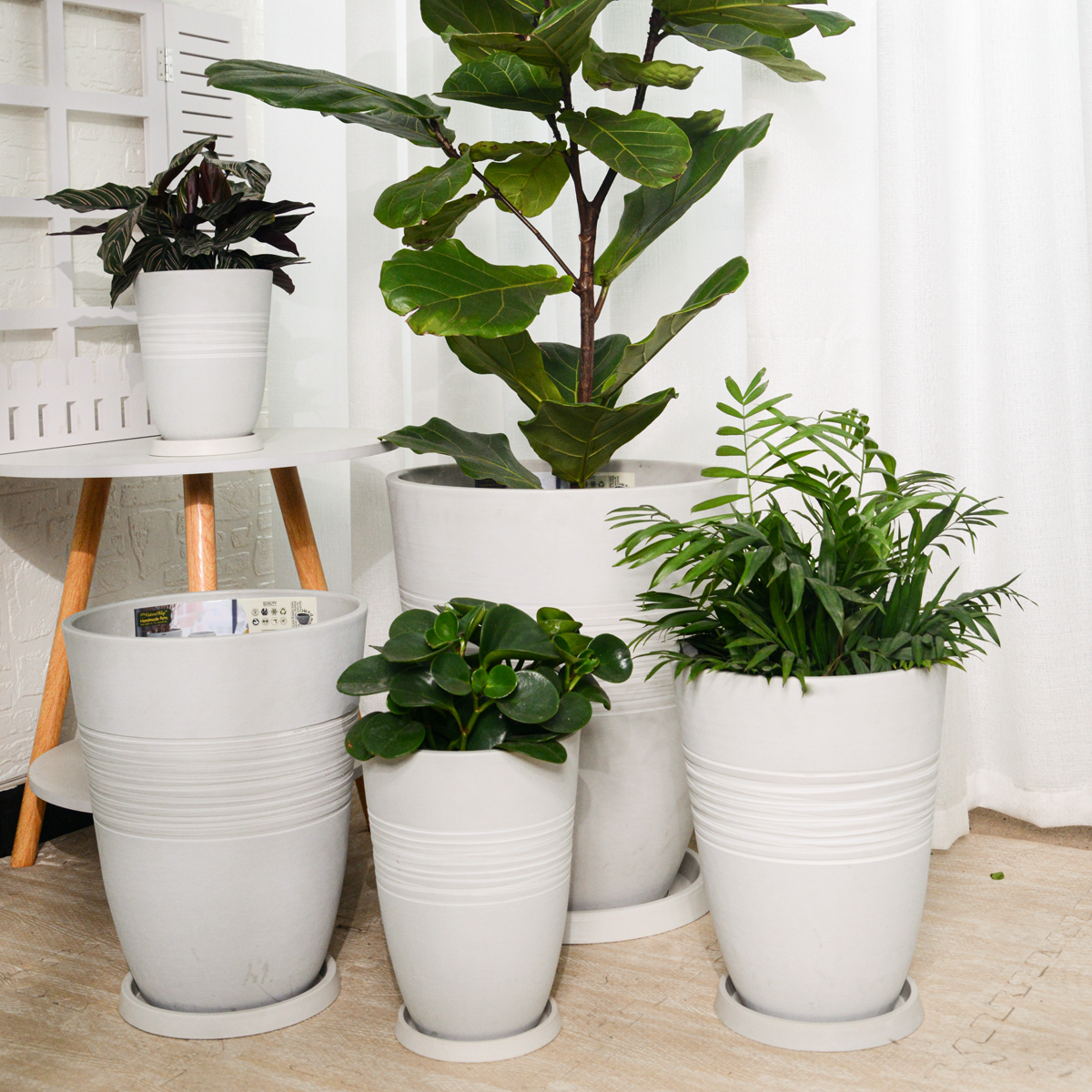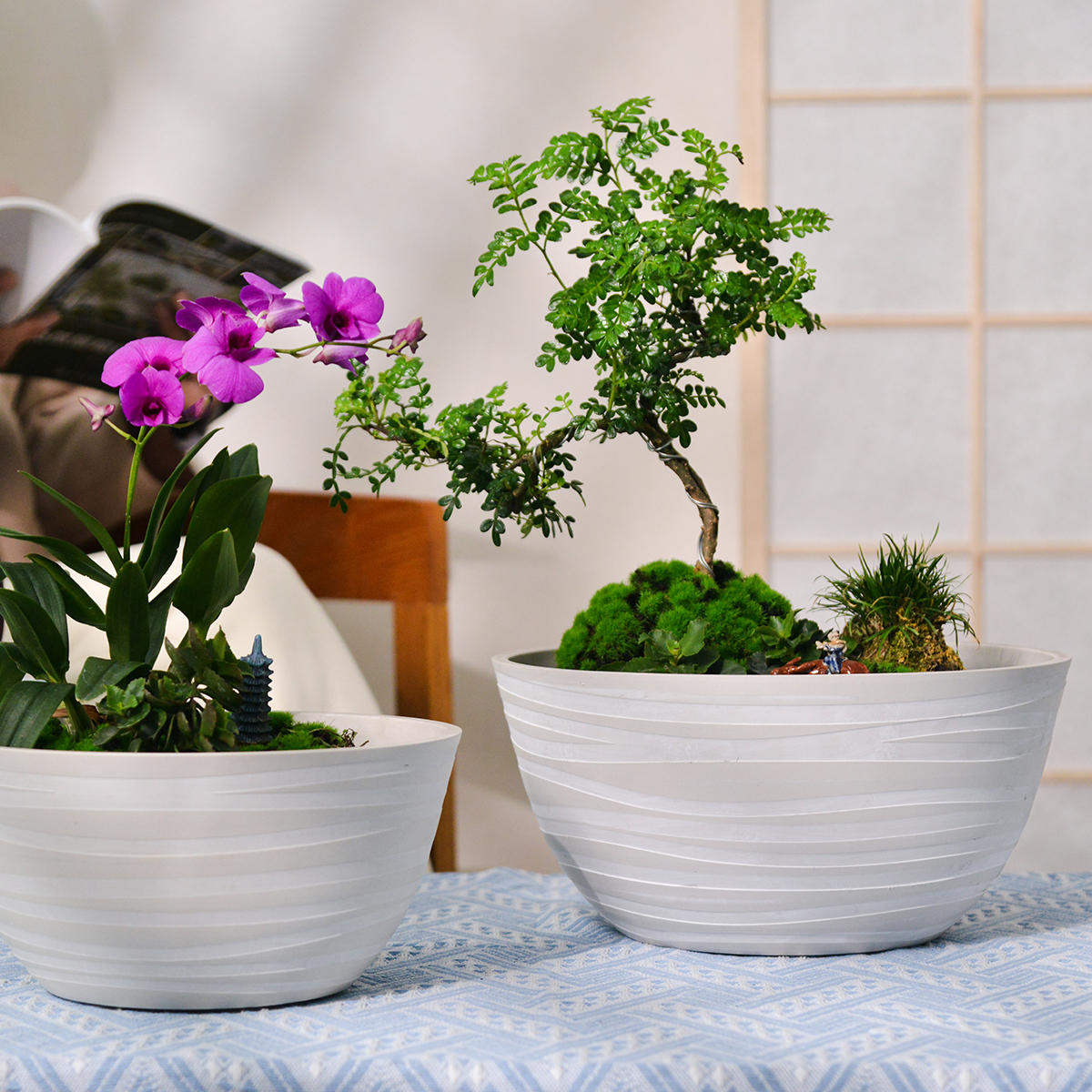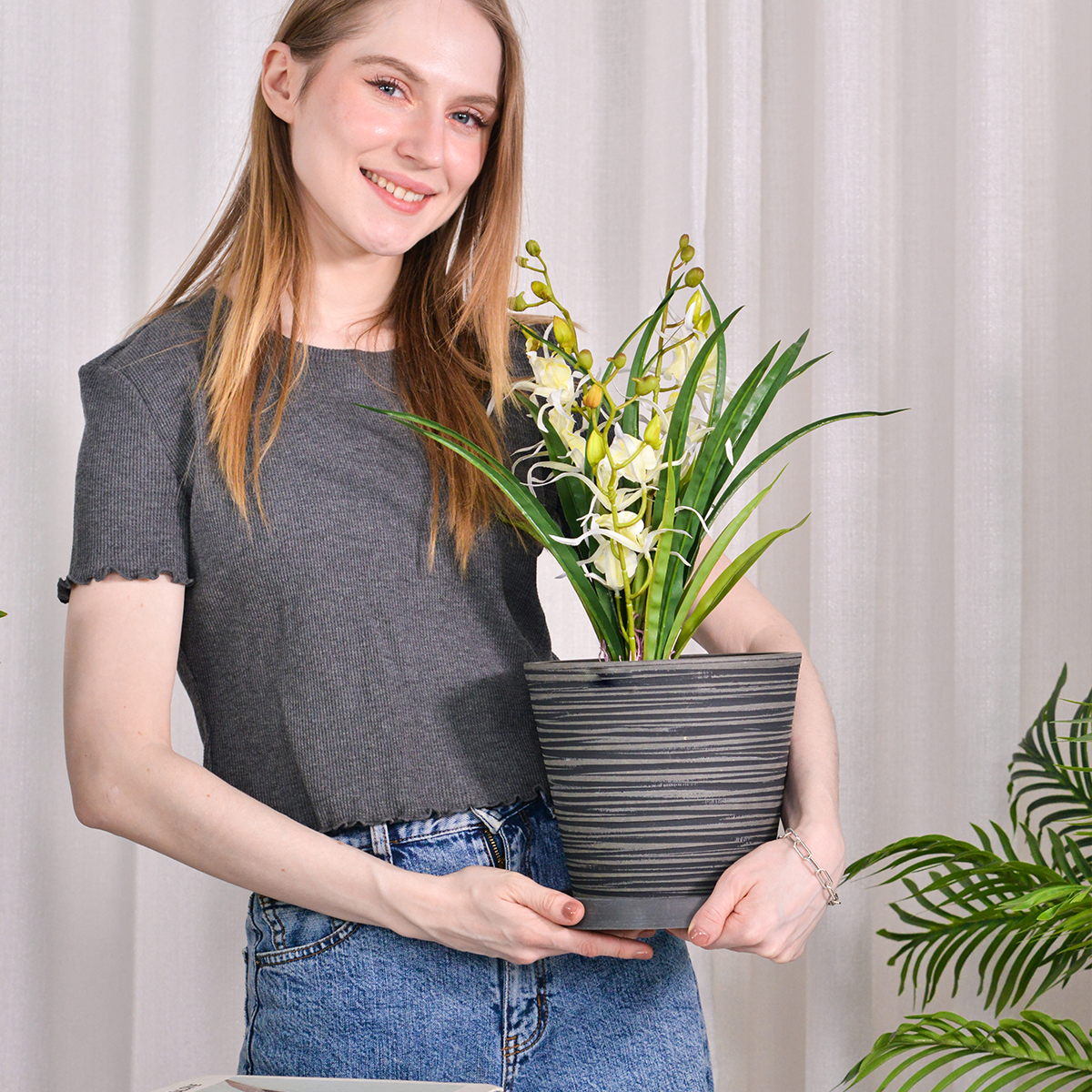How to Protect Potted Sage During Cold Winters? Do Overwintering Methods Vary for Different Sage Varieties?
As temperatures drop across the United States during the winter months, gardeners need to take steps to protect their tender herbs, including potted sage (Salvia spp.). While some sage varieties are more cold-hardy than others, providing the right winter care will significantly increase their chances of surviving until the next growing season. Here’s a guide on how to protect your potted sage during cold winters:
General Tips for Overwintering Potted Sage:
Bring Indoors (Recommended for Cold Climates): For most sage varieties in regions with harsh winters or hardiness zones below their tolerance, the best method is to bring the potted sage indoors before the first hard frost.
- Place the pot near a sunny south-facing window where it can receive at least 6-8 hours of bright light daily. If natural light is insufficient, consider using a fluorescent plant light.
- Maintain indoor temperatures between 60-70°F (15-21°C). Avoid placing the plant near drafty windows or heating vents that can cause sudden temperature fluctuations.
Move to a Sheltered Outdoor Location: If bringing the pot indoors isn’t feasible, move it to a sheltered location outdoors, such as a cold frame, unheated garage, shed, or against a south-facing wall. This can offer protection from harsh winds, heavy snow, and the most extreme cold.
Insulate the Pot: For pots left outdoors, you can provide insulation to protect the roots from freezing temperatures. Wrap the pot with burlap, bubble wrap, or old blankets. You can also cluster several potted plants together to create a warmer microclimate.
Mulch: Apply a layer of mulch, such as straw, shredded leaves, or compost, around the base of the sage plant in the pot. This helps to insulate the soil and retain moisture.
Reduce Watering: During the winter, sage enters a period of semi-dormancy, and its water needs are significantly reduced. Water sparingly only when the top inch of the soil feels dry. Avoid overwatering, as this can lead to root rot in cold conditions. Ensure your pot has good drainage.
Prune Lightly: You can prune your sage plant back lightly before overwintering. This can help the plant conserve energy during the dormant period. You can also harvest any remaining healthy leaves for drying or freezing.
Overwintering Methods for Different Sage Varieties:
The overwintering method that will work best can depend on the specific type of sage you are growing and your local climate:
- Hardy Sage Varieties (e.g., Common Sage – Salvia officinalis): Some common sage varieties are quite hardy (USDA zones 4-8) and may survive outdoors in milder winter climates with proper protection like mulching and a sheltered location. However, container-grown plants are generally more vulnerable to cold than those in the ground, so bringing them indoors is still recommended in colder regions.
- Less Hardy or Tender Sage Varieties (e.g., Pineapple Sage – Salvia elegans, Mexican Bush Sage – Salvia leucantha): More tender sage varieties are less tolerant of cold and are best brought indoors for the winter in most parts of the US. These types are often grown as annuals in colder climates.
- Consider Your Local Hardiness Zone: Always check the hardiness zone rating for your specific sage variety and compare it to your local winter temperatures to determine the best overwintering strategy.
In summary, while most potted sage will benefit from being brought indoors or moved to a sheltered location with insulation and reduced watering during cold winters, the specific hardiness of the sage variety and your local climate should be considered for the best overwintering success.
11THD
By greenship|2024-08-13T02:52:20+00:00August 13, 2024|Categories: Hand-carving Series|
KC2-GS
By greenship|2024-08-16T06:30:21+00:00August 16, 2024|Categories: Hand-carving Series|
KC2-11VH
By greenship|2024-08-16T06:19:28+00:00August 16, 2024|Categories: Hand-carving Series|
KC3-09k
By greenship|2024-08-16T06:24:36+00:00August 16, 2024|Categories: Hand-carving Series|
20VD
By greenship|2024-08-13T06:43:41+00:00August 13, 2024|Categories: Hand-carving Series|
K2-11T
By greenship|2024-08-13T04:21:25+00:00August 13, 2024|Categories: Hand-carving Series|

